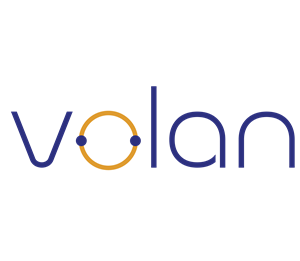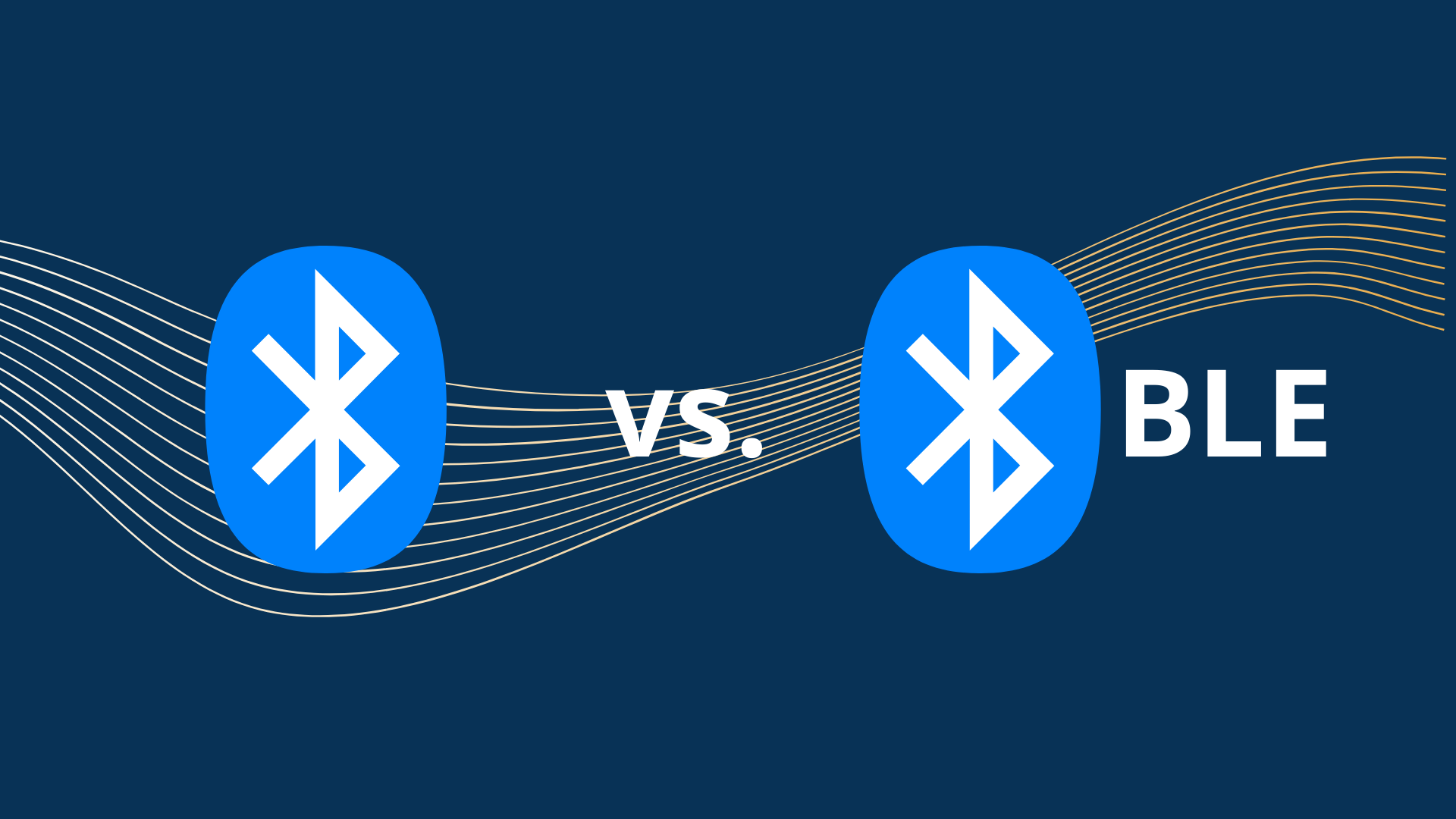Bluetooth vs. BLE
What is the difference between Bluetooth and Bluetooth Low Energy (BLE)? Learn more about the latest in Bluetooth 5 technology for IoT applications.
What is Bluetooth?
Bluetooth is used everywhere, from hands-free calling in the car to wireless speakers, this technology enables data exchanges without wires.
Bluetooth is a wireless communication technology that operates within the 2.4 GHz band.
Bluetooth data packets are transmitted between 79 different Bluetooth channels, specifically across 1 MHz wide channels from 2400 to 2483.5 MHz. Bluetooth devices negotiate with other devices to create a communication path by hopping between these different channels to avoid interference.
Applications for Bluetooth
For many people, the most common applications that come to mind are wireless keyboards, wireless headsets, or hands-free calling in a car. These are one-to-one networks, where devices send and receive messages with only one other device at a time. Bluetooth is excellent for these one-to-one applications that transfer large amounts of data, such as audio streams. Most Bluetooth devices require frequent charging or a constant power source, however, new Bluetooth technology may reduce the strain on battery life.
| Application | Audio Stream
|
| Communication Mode | One-to-one |
What is Bluetooth Low Energy (BLE)?
Bluetooth Low Energy (BLE) reduces the power consumption of Bluetooth devices.
Bluetooth Low Energy differs from its parent technology because it remains dormant until a connection is initiated. Where Bluetooth is best suited for a constant exchange of larger amounts of data, Bluetooth Low Energy excels at exchanging smaller amounts of data over a much longer period of time. Bluetooth Low Energy uses a reduced amount of power through faster connection times than traditional Bluetooth devices, reducing connections from 100mS to 6mS.
BLE4 vs BLE5
Bluetooth Low Energy was first introduced with Bluetooth 4 in 2011. The latest version Bluetooth 5 extends the range of BLE from 50m to 200m, doubles the speed at 2Mbps, and reduces power consumption.
BLE5 introduces a 50 to 99% battery consumption reduction, however, this is subject to the use case. RTLS use cases, such as Volan’s, are constantly consuming battery life, so this improvement enables longer-lasting battery life relative to other RTLS models using the previous BLE 4 classification.
IoT Applications for BLE
Bluetooth Low Energy is better suited for intermittent data transmission or for exchanging smaller amounts of data than traditional Bluetooth. Bluetooth Low Energy enables IoT solutions to run on battery power for long periods of time in flexible configurations independent of a power source. Reducing power consumption extends battery life from just hours to months or even years at a much lower cost than solutions built on Bluetooth 4.
| Application | Communication Mode |
Data Transmission
|
One-to-one |
Location
|
Broadcast (One-to-many) |
Volan Positioning System
|
Mesh (Many-to-many) |
Bluetooth Low Energy supports various communication modes beyond one-to-one device communication. Broadcast communications send data from one device that is received by multiple devices. Mesh network communications send and receive data from multiple devices. The mesh network configuration is self-healing because if one of the mesh network devices should lose battery life or falter, any other device can take its place, so no data is lost.
The Best BLE IoT Platform
The best IoT platform combines reliability, accuracy, and intelligence in an energy-efficient and affordable solution. Learn about what to look for in a BLE solution here.
Volan Technology is a multi-functional enterprise RTLS technology built for Industry 4.0. Our technology helps organizations protect their employees, optimize processes, and save money through cutting-edge data analytics.
If you think that your company might benefit from incorporating more IoT technology or if you’re still deciding between IoT technologies, reach out to our team to find a solution.



